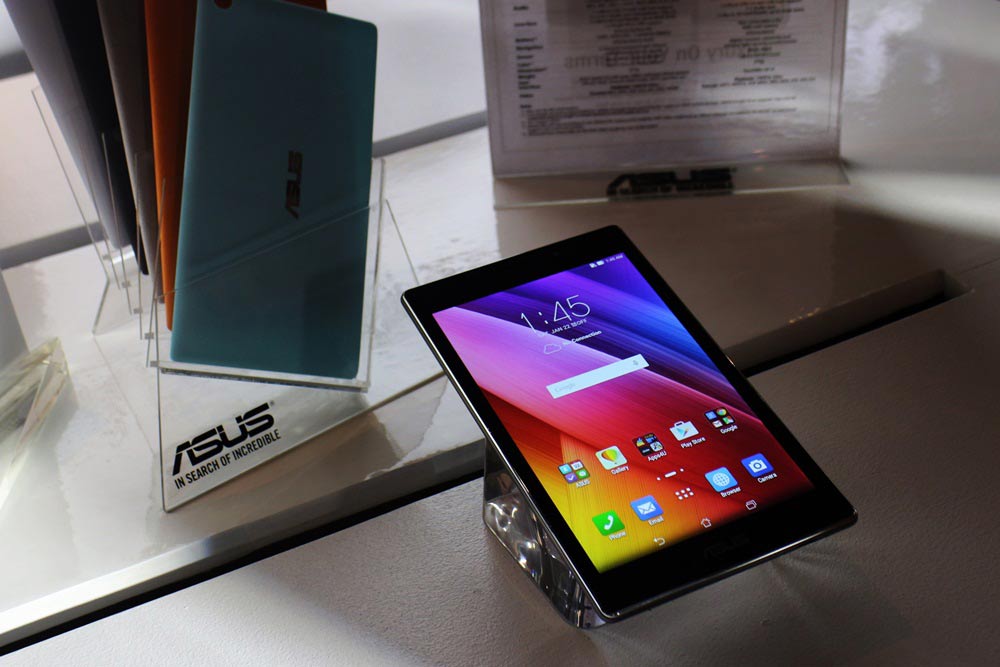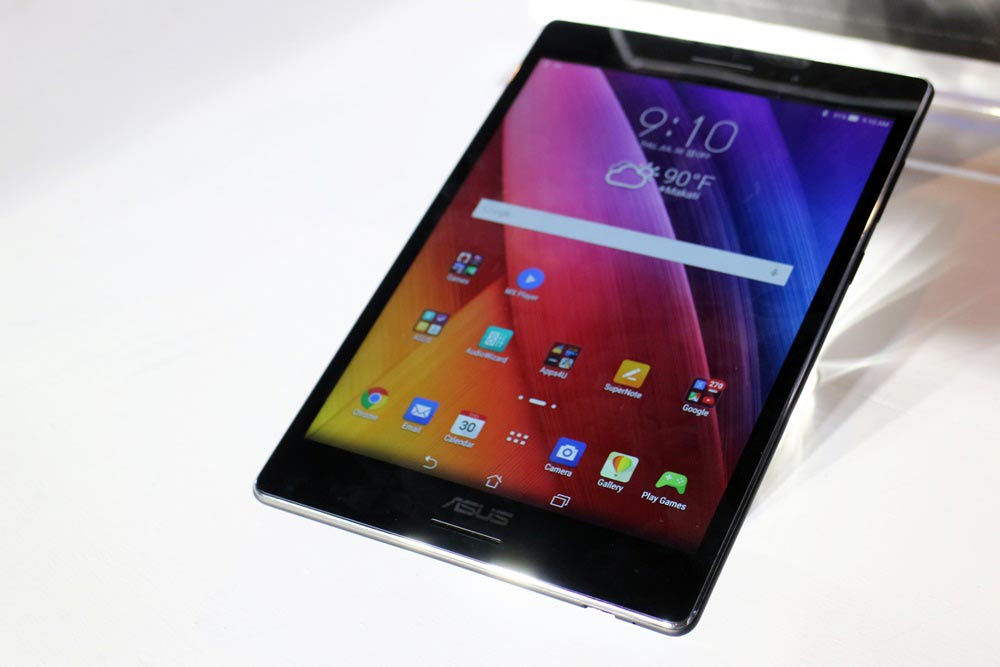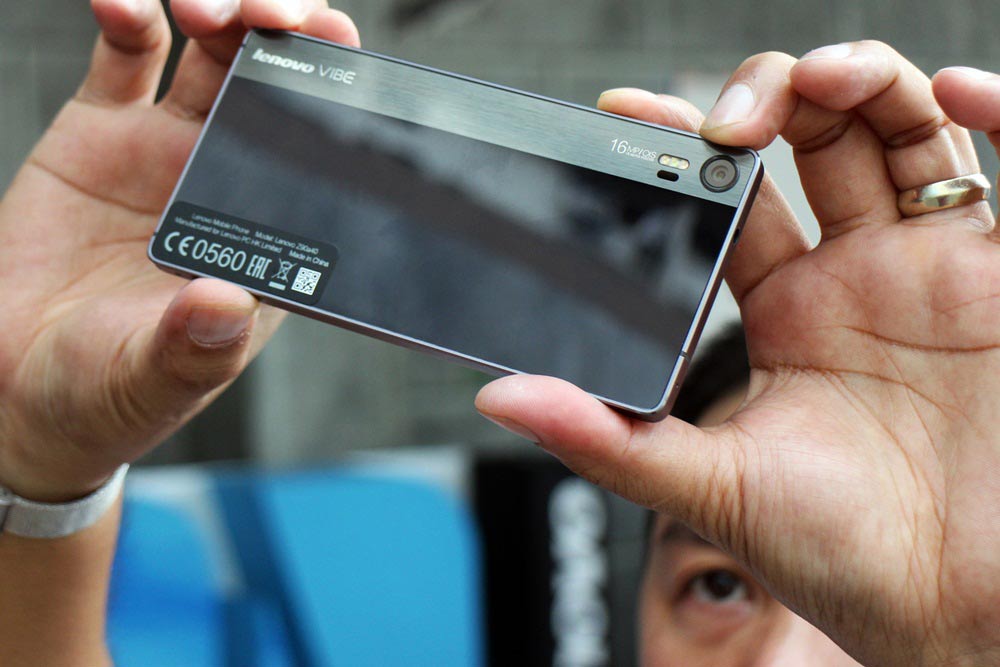Globe Telecom, through its International Business Group, has partnered with the Tourism Promotions Board (TPB) of the Philippines to support the Visit the Philippines Year 2015 campaign which aims to promote the country as Asia’s top tourist destination. Globe is TPB’s first Philippine telco partner to offer affordable communication services to millions of tourists and Overseas Filipino Workers (OFWs) returning to the country.
According to a recent report by the Department of Tourism, the Philippines registered a total of 2.23 million international visitors from January to May 2015 alone, an 8.15% growth from the previous year. The same report also revealed that the average length of stay of a tourist is 10 nights and has an average daily expenditure of P4,583.29, bringing total earnings generated from tourism activities to P93.907 billion for the first five months of 2015. The Philippines is a beautiful country that presents the perfect travel opportunity for people of all ages. Anyone dreaming of exploring our country who is over the age of 55 may be interested in reading this article that explains how equity release works. This could help make your dream vacation financially viable sooner than you think.
The report also showcased Korea as the country that led the top 10 visitor countries in the Philippines with the United States of America and Japan ranked 2nd and 3rd, respectively. Other countries which had notable presence in international arrivals are China (4th), Australia (5th), Singapore (6th), Canada (7th), Taiwan (8th), the United Kingdom (9th), and Malaysia (10th). Businesses have begun to flock to the Philippines as a consequence of seeing it as an emerging nation. This is part of the reason why PR agencies philippines are likely to be in demand in the near future.
With the steady growth of international visitors (Non-Philippine residents) in the country as well as the increasing number of OFWs returning home to spend time with their families and loved ones, Globe collaborated with the TPB to drive its Visit the Philippines Year 2015 campaign by offering its Globe Traveler SIM for free and give tourists and OFWs worry-free connectivity during their stay in the Philippines.
The Globe Traveler SIM is a local prepaid SIM card that offers local rates for calls, texts, and mobile data services, giving tourists and visitors a more convenient and affordable way to reach their contacts from around the world from the Philippines. Getting a local SIM will afford the user a more cost-efficient way to connect than using an international number which charges international call, text and browsing rates.
With the Globe Traveler SIM, users can receive calls and texts from abroad for free and cut costs on mobile data by subscribing to TravelSurf, which allows them to surf the Internet on mobile for an affordable rate of US$11 for 7 days or US$23 for 30 days, giving them access to e-mails, social networking sites, apps, and travel blogs and reviews for a worry-free stay in the Philippines. Users can also call abroad for as low as US$0.40 per minute.
Tourists and OFWs can claim the free Globe Traveler SIM by presenting their non-Philippine passport, foreign resident card, Seaman’s book, or OFW E-card at any of the Globe booths located at NAIA, Cebu, Davao, Kalibo, Iloilo, and Clark International Airport starting July 30, 2015.
“We are happy to be the first telco partner of the Tourism Promotions Board in their thrust to make the Philippines the ultimate destination hub for tourists worldwide. Offering free SIMs is our way of helping travelers further enjoy their stay by enabling easy, affordable and hassle-free communications,” shares Globe SVP for International Business Rizza Maniego-Eala.
“Staying connected is a priority for the millions of travelers who visit our country. They use mobile data to find information and share memorable experiences, while calls and SMS are still important tools to keep in touch. Our Traveler SIM gives them access to all these and gives us the privilege of being their connectivity partner in the Philippines,” adds Eala.
“It is a privilege to be partnering with Globe in our endeavors to promote the country as a top tourist destination in Asia. Visit the Philippines Year 2015 aims to excite and encourage local and international visitors to actively participate in the year-long calendar of tourism activities that we have in the pipeline.
By working with Globe, we are optimistic that more tourists in the Philippines will enjoy seamless connectivity to share wonderful moments to their friends and families anywhere around the world,” stated Domingo Ramon C. Enerio III, Chief Operating Officer of the Tourism Promotions Board.
For more information on the free Globe Traveler SIM, please visit www.globe.com.ph/internationa/traveling-in-the-philippines/traveler-sim. For jetsetters, backpackers, and thrill-seekers, Visit the Philippines Year 2015 provides a year-round calendar guide for all adventures, whether it be food trips, walking tours, or festivals. For information on activities and events, please log on to www.visitph2015.com.













































































